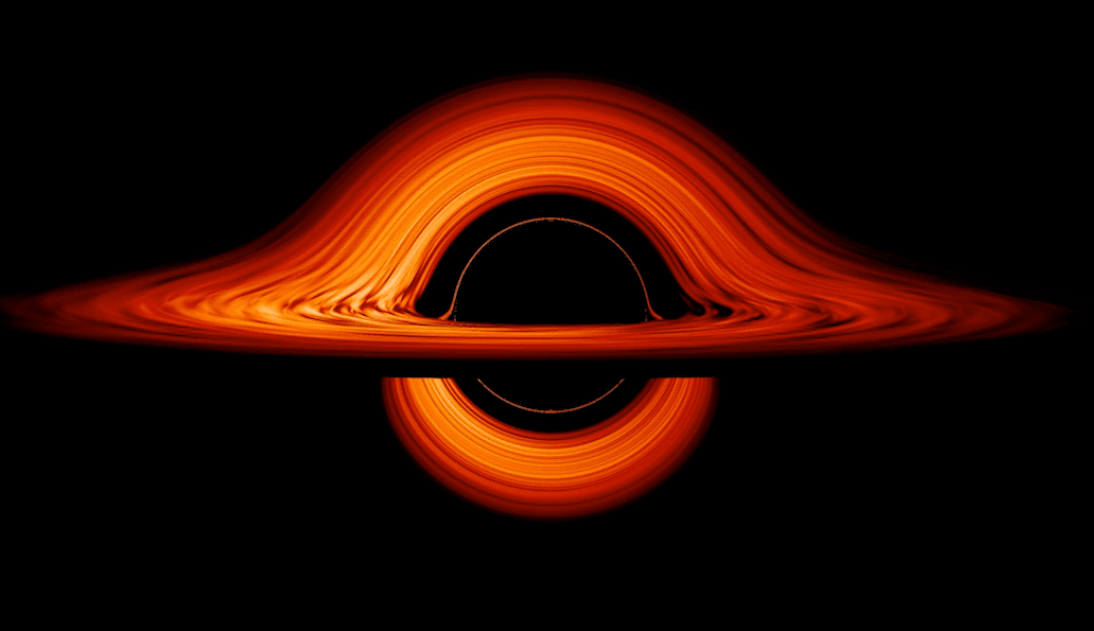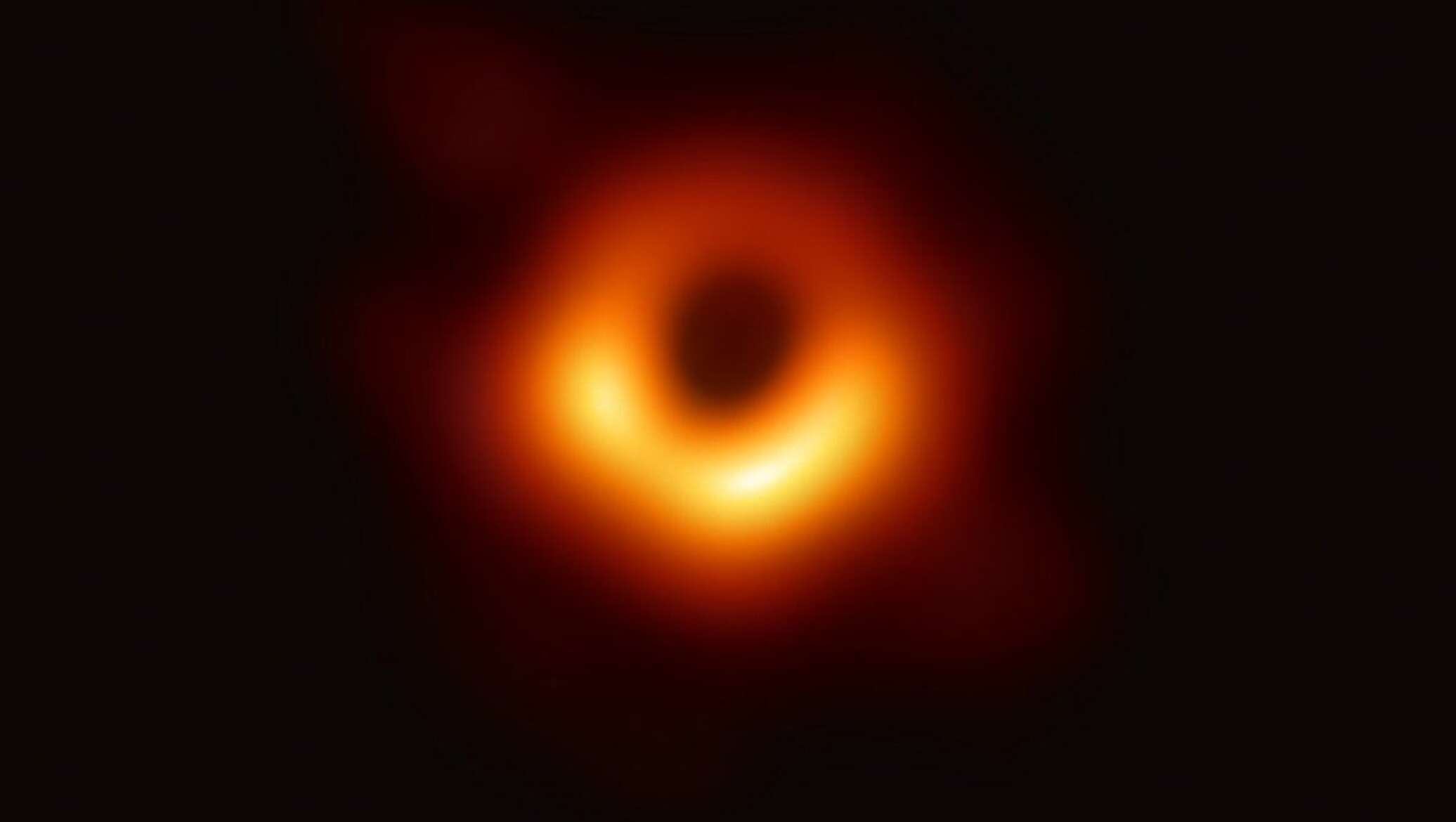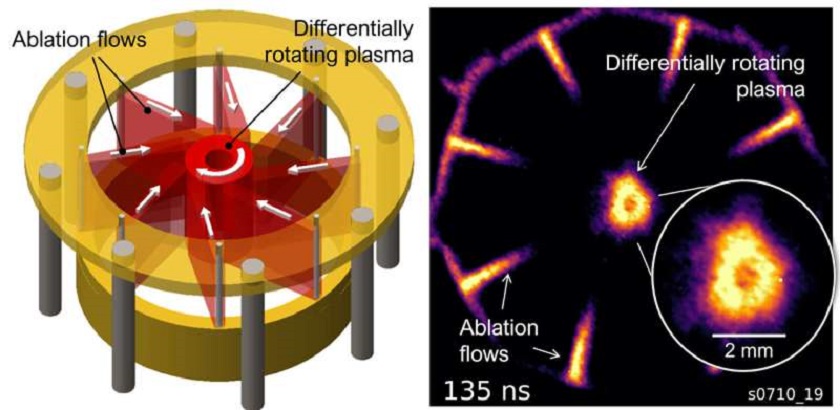Scientists in London have built a black hole model in the lab to study accretion

Researchers at Imperial College London have been able to simulate the accretion disk of a black hole under laboratory conditions. Their scientific work is expected to help study how these mysterious objects of our Universe are powered.
Here's What We Know
The accretion disk of a black star allows scientists to detect these objects with the tools available. That's how the first ever image of a supermassive black hole, which is located in the Messier 87 galaxy, was obtained in 2017. The image was published two years later. You can see it below.

As matter falls into the black hole, it evaporates and turns into plasma. The disk of plasma around the supermassive black hole is shown in the photo as a ring. It was coloured orange by the computer.
Centrifugal force pushes the particles out and prevents matter from falling into the black hole. Electrons and ions circle the black hole at enormous speeds. New scientific work by scientists at Lond will reveal more about this process.
A device called the Mega Ampere Generator for Plasma Implosion Experiments (MAGPIE) was used for the study. The device generates pulses of 1.8 million amperes to transform matter into plasma.

Scientists have learned that their model works. Unfortunately, the pulses are very short, which makes it impossible to realise sustained observation. According to the experts, the model demonstrates the physics of the processes that take place in the accretion disk of a real supermassive black hole.
In previous observations of these mysterious objects, astronomers have found that the rotation speed of the plasma in the disk increases as it gets closer to the centre. The new study is consistent with the observations. In the future, the researchers want to increase the pulse duration to extend the model's lifetime.
Source: space